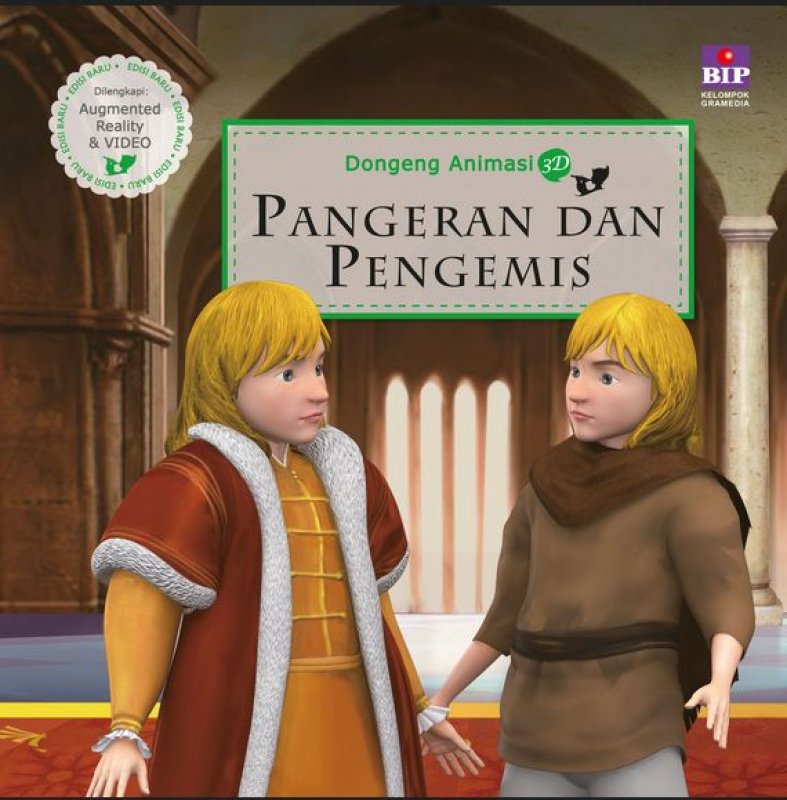

Taking the controversial curatorial essay published for the 9th Jakarta Biennale of Art (1993) as a catalyst rather than as a point of reference, I rethink the possibility and value of a construct of an avant-garde and postmodern in seni rupa kontemporer.I propose a kind of avant-garde without modernism’s tradition of transgressive poetics. I examine how these have been interpreted to possess criticality in Indonesia. Original abstract: I offer a history and genealogy of concepts of critical artistic practice, examining to what purpose strategies of a contemporary art have been put and from what conditions they emerged. Key terms and themes: Performance and installation art in Indonesia 1970's-1990s Exhibition Histories Jakarta Biennial IX (9th Jakarta Biennial, 1993) Critique of Jakarta Biennial IX Jim Supangkat Sanento Yuliman New Order cultural policy Issues of a postmodernism in an Indonesian discourse Seni Eksperimental / Seni Alternatif Artists and artist groups under discussion include: Sumber Waras, Marintan Sirait, Andar Manik, Arahmaiani, Semsar Siahaan, Krisna Murti, FX Harsono, Moelyono, Heri Dono, Pameran Eksperimental (Binal), Jeprut, Tisna Sanjaya, Isa Perkasa, Nandang Gawe, Wawan Hussin, Gerakan Seni Rupa Baru Indonesia, Kelompok Lima. The Pivotal object that serves as a catalyst is the curatorial premise, exhibition event, international network, and art works associated with 9th Jakarta Biennial. The main and overarching issues in this dissertation contend with critical analyses and arguments of 'contemporary' art - how seni kontemporer was discussed and defined in Indonesian art discourses and practices 1973-1990s. The original abstract to my dissertation (2011) is incredibly inadequate and inaccurate (see below). This is one of the first texts on developments of contemporary Performance Art in Indonesia, as well as an in-depth critical reading of the 9th Jakarta Biennial. Rather than creating a functional object then adding decorations, the maker includes the decorations as fundamental elements of an object - the absence of which would impair its ability to function.

Throughout Indonesia, we find strong emphasis on the divinely regulated or moral aspects of aesthetics and the notion that violation of these canons will negate the social function of the object. These questions do not correspond to the thinking that originally created the objects, and these distinctions have never been important to the artists. Yet, deciding whether particular objects are 'works of art' (let alone separating 'art' from 'craft') is only problematic for art markets or museums. Indonesia 's traditional artworks often embody remarkable aesthetic uses and modifications of materials, and today many are recognised as great works of art with high art-market values. Yet it is difficult to identify any traditional Indonesian object that was made solely as 'art ', that is: to elicit an aesthetic response. Traditional artists from throughout Indonesia have imbued functional objects - those made for purposes other than being aesthetically pleasing - with aesthetic value.


Instead, we can say that beauty (aesthetics) follows function, because the aesthetic quality of an object helps it carry out its function. = In traditional societies of Indonesia, there is little or no art for art's sake. Singapore & Jakarta: Editions Didier Millet. Hilda Soemantri "Indonesian Heritage" (Sian Jay, General Editor).


 0 kommentar(er)
0 kommentar(er)
